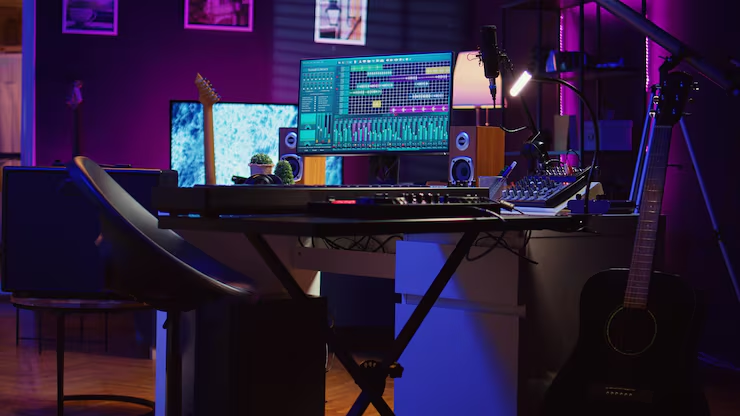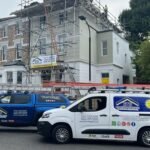
The Home Studio Setup: A Beginner’s Guide
A home studio is no longer just for professionals. With the right approach, beginners can create high-quality sound and visuals from the comfort of their own home. From podcasts to music, a well-planned studio gives you control, flexibility, and the ability to produce work that feels polished and professional.
Step 1: Choose the Right Space
When setting up your home studio, it’s crucial to choose the right space. Start by selecting a quiet room where external noise is minimal, as good acoustics matter more than the room’s size. Avoid spaces with too many windows, and use rugs, curtains, or shelves to reduce echo. Finally, make sure the room has enough outlets and proper ventilation to keep your equipment running smoothly.
Step 2: Essential Equipment for Beginners
In building your home studio, gather the essential equipment. Starting small is key, so focus on the basics before investing in advanced gear. A reliable computer or laptop with enough processing power is crucial for recording and editing, while an audio interface connects microphones and instruments to your system for clear sound. A quality condenser microphone is ideal for beginners, paired with closed-back headphones that allow accurate monitoring without sound leakage. Don’t forget practical extras like cables and stands, which keep your setup organised and efficient.
Step 3: Improve Your Sound Quality
Focuses on improving your sound quality, which can make even a basic setup feel professional. Simple tweaks like adding acoustic panels or foam to reduce reverb, positioning your microphone away from walls, and experimenting with placement until you find the most precise results can significantly enhance your recordings.
Step 4: Software and Tools
Involves choosing the right software and tools, with a digital audio workstation (DAW) at the core of your setup. For beginners, it’s best to pick software with an intuitive interface, built-in effects to enhance recordings, and full compatibility with your operating system for a smooth workflow.
Conclusion
A home studio setup doesn’t have to be complicated. By starting with the right space, focusing on essentials, and keeping things organised, beginners can enjoy professional music results from the comfort of home. With time and practice, your setup can evolve into a creative hub that reflects your style and ambitions.





